Whether it be at a fancy dinner or out of a “guilty pleasure” box of rosé, everybody loves wine. A bottle of wine is the perfect centerpiece for any tabletop conversation, and there’s nothing like a glass and a blanket to curl up with to enjoy a movie at the end of the day.
We love wine, and it certainly doesn’t take being an expert to develop that affection. Analyzing wine, however, is a slightly more complicated passion, and watching coinsurers pick special tasting notes out of thin air can feel daunting. However, even the most seasoned taster had their first sip of wine at some point, and they probably didn’t taste much more than grapes then, either.
Learning to taste wine is a process, and knowing what to look out for and how to go about it is a great way to get started. Let’s take a look at what you should be looking for while tasting wine, and then how to actually manage your tasting!
Remember: this is right in time for our upcoming virtual wine tasting! Don’t miss out!
The Checklist
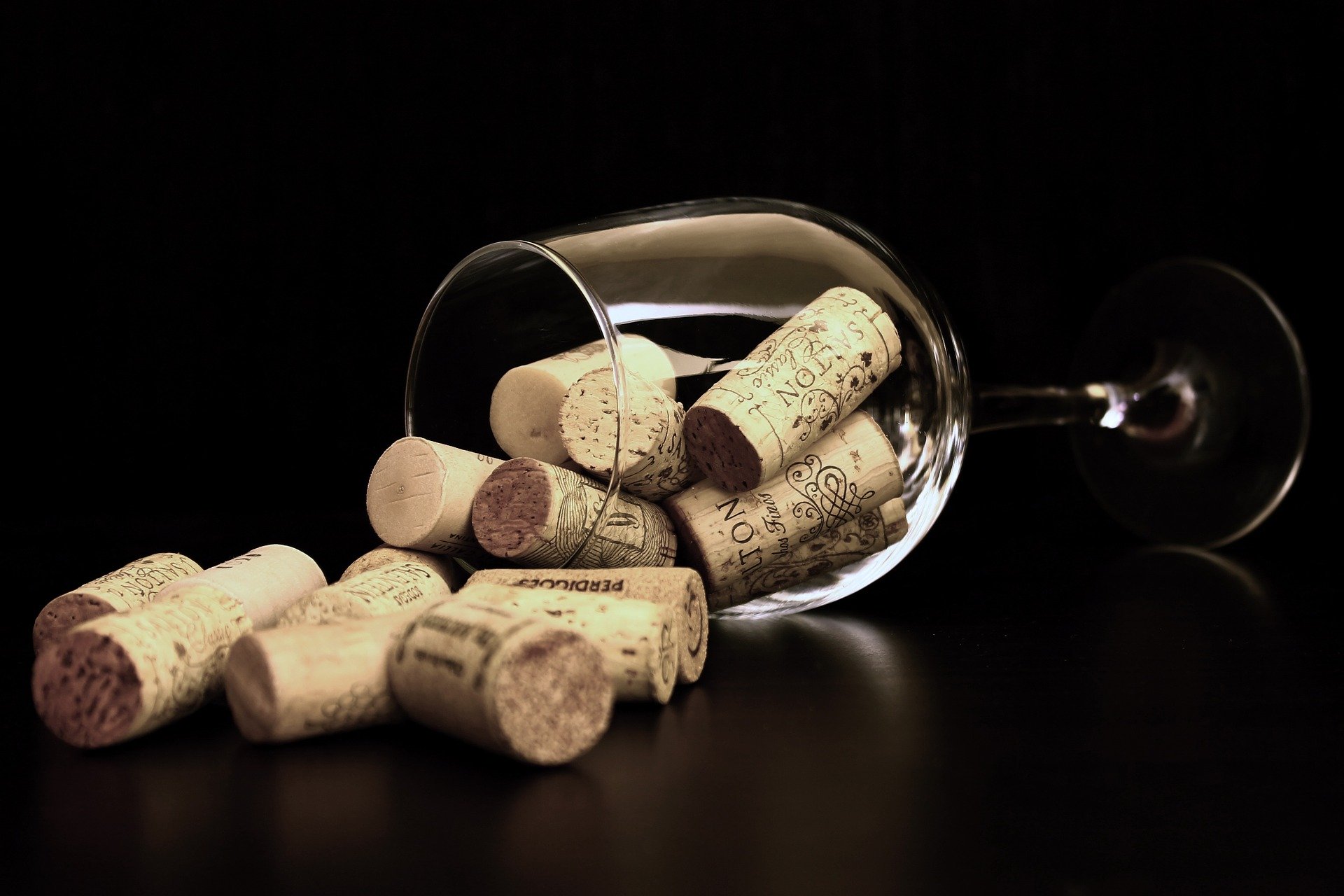 There are a lot of terms that get thrown around during wine tastings, and not understanding all of them can leave you feeling a bit in the dark. Luckily, the following four terms are the most important ones you’ll need in your vocabulary.
There are a lot of terms that get thrown around during wine tastings, and not understanding all of them can leave you feeling a bit in the dark. Luckily, the following four terms are the most important ones you’ll need in your vocabulary.
- The body loosely refers to the amount of alcohol in the wine. More specifically, it refers to the “weight” you feel from the wine in your mouth. The higher the alcohol content, the heavier the feel. You can think of it like viscosity. The extremes certainly don’t go this far, but a light body wine will feel closer to water, and a full body wine will feel closer to honey.
- Fruit notes can be tricky, but a good taster doesn’t necessarily have to list all the fruit flavors by name. Instead, decide if your sip of wine tastes fruity and sugary, or earthy (and maybe even funky), or somewhere in between. This fruity-to-funky spectrum might be a bit easier to navigate, and is more than enough to give you some good tasting notes.
- Acid might not be the first thing that comes to everyone’s mind when thinking about how wine floods your taste buds, but it certainly plays an important role. You can gauge acidity on how your mouth feels after a sip. If your taste buds are almost calling out for a bit of zest, your wine isn’t very acidic. If your mouth starts to water, there’s some mild acidity at play. If you feel like you’re about to pucker your lips, that’s a decidedly acidic wine.
- Tannin is another component that’s more feel than taste. Tannin comes from the different parts of the grapes, specifically the seeds, the stems, and the skin. Rub your tongue against the roof of your mouth after a sip. Differentiate between a rough feeling and a slippery or silky, soft feeling.
The Process of Wine Tasting
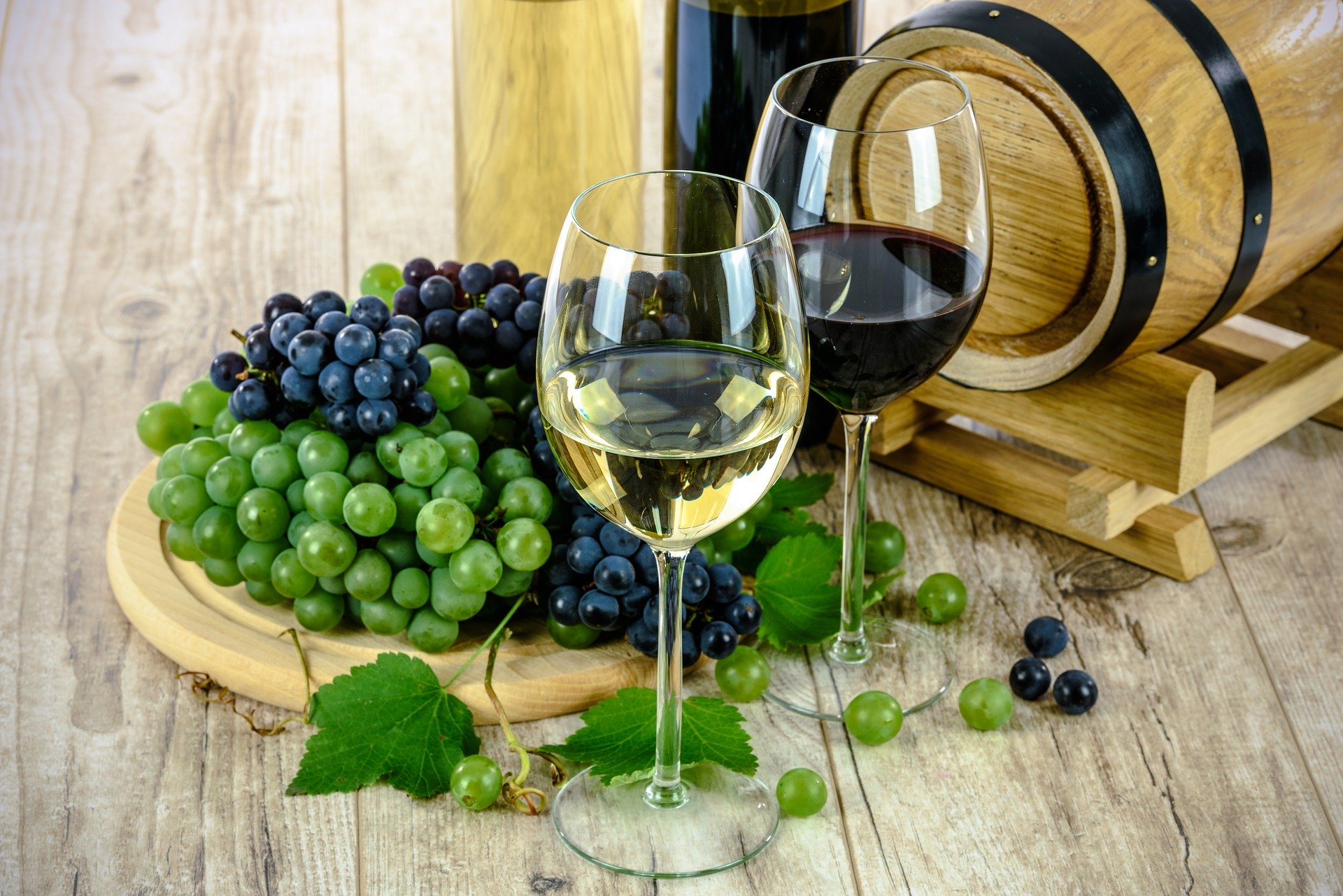 Now that you know what you’re looking for, you can get to tasting! The process is pretty simple, and you probably follow it pretty closely when you drink wine casually, anyway.
Now that you know what you’re looking for, you can get to tasting! The process is pretty simple, and you probably follow it pretty closely when you drink wine casually, anyway.
First, you want to make sure you’re holding the glass from the stem. More than just to look sophisticated, this keeps your hand away from the bowl, which will keep your natural body heat from warming up the wine in the glass. Changing the temperature of the wine can change some of the qualities and end up throwing your tasting off.
Next, take a look at your wine. Hold the glass up to a light or in front of a white surface. This will help you identify the color of the wine, as well as just how deep that color is. Especially with reds, holding your wine up to the right surface can help you see just how deep the red is and give you a better idea of just what’s going on in your drink.
Then comes the nose portion. It’s important to remember that taste is in large part smell, so getting a good sense of the flavors through your nose will help not only identify some of the qualities, but also accentuate the ones that are to come through sipping. To get the best sniff, swirl the wine around in your glass. This will coat the side of the glass, making it easier to pick up delicate or subtle aromas that might be more difficult to get from the bottom of the bowl.
Finally, we get to drink! Don’t be shy with your sip—take a little more in than you would at the dinner table. If your company will allow it, make a slight slurping sound when you take your sip. That is, allow air to enter your mouth along with the wine. This will help aerate the wine. Keep the wine in your mouth for a moment, swirl it around, and make sure it coats every part of your tongue. This will get you the best possible profile for the taste, making sure all of your taste buds are involved. After you’ve had your moment to judge the taste, go ahead and swallow.
Try tasting different kinds of wine, or even similar bottles, at the same time to get a feel for the differences and know what to look for. Invite your seasoned taster friends to help you fine tune your skills. Becoming a talented wine taster takes time and practice, but what a pleasurable activity to commit to doing more!
These are the terms and techniques that will get you started and well on the right path whether you want to become a seasoned sommelier, or simply want to enjoy some great wine.
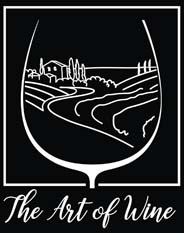

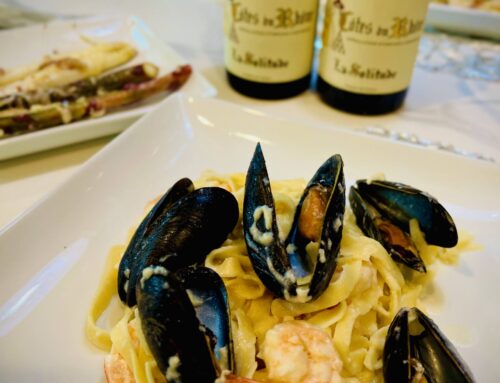

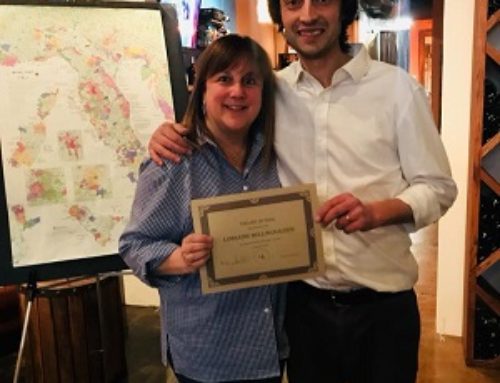
Leave A Comment